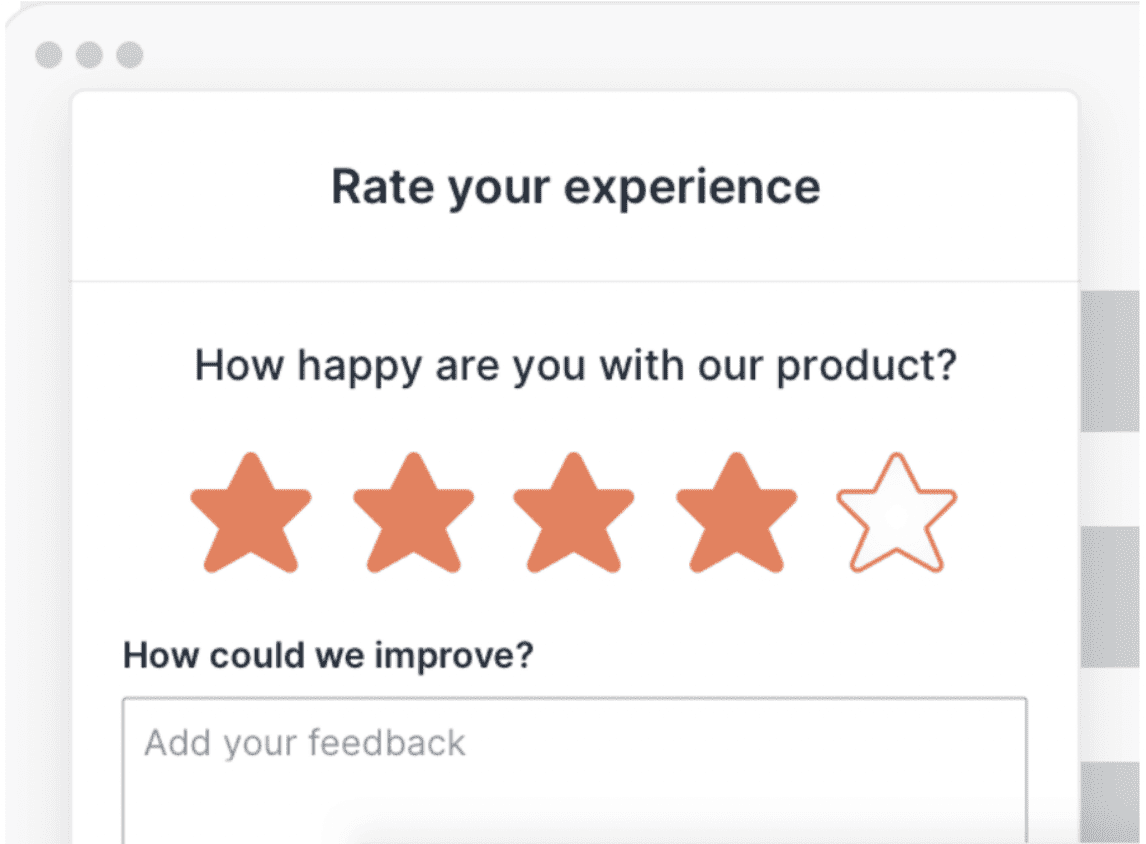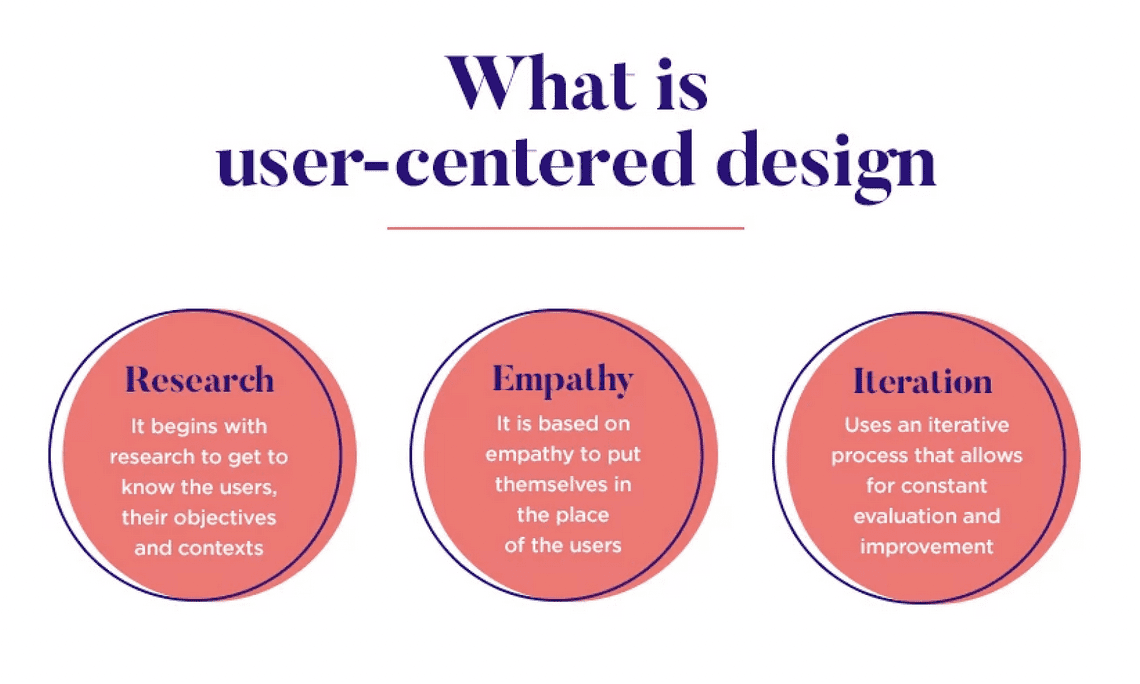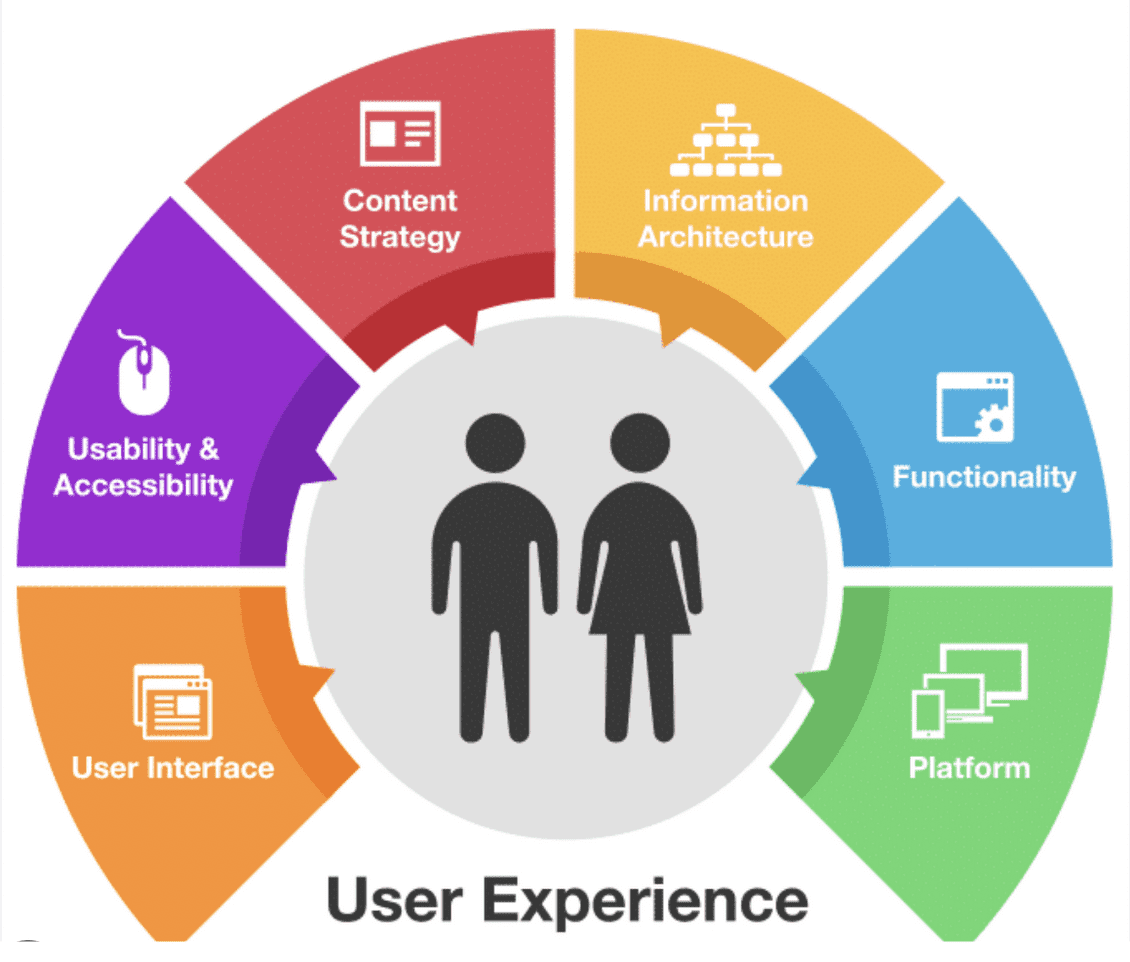Sometimes it happens that a business spends lots of money and time on a digital product that doesn’t have a satisfactory conversion rate in the long haul. This inevitably results in a plunge in revenues. What are the underlying reasons for user churn? Generally, these are the uniform and non-individualized UX with no due attention to the aspirations of consumers, inadequate UX due to cumbersome navigation, superfluous features, etc., and frustrating issues like system glitches, lagging responses, and so on. In this three-section rundown, we’ll discuss how well-thought-out app UX optimization, i.e. the refinement of the digital solution’s usability, can save the situation and reawaken your audience’s interest in it.
Crafting a seamless user experience relies on understanding user behavior, intuitive interface design, and continuous feedback integration. Learn more about optimizing UX and revamping app design to ensure user satisfaction and engagement.
Key factor #1: utilizing feedback to optimize the user experience
By collecting and analyzing your audience’s comments and suggestions, you’ll get to better understand their necessities, choices, and problematic areas. This means that you’ll be in the right position to cater to their expectations.

Well-versed experts generally acquire diverse viewpoints for effectual UX conversion optimisation by the following means:
- By composing brief surveys with the help of various programs, embedding feedback forms into the solution, or simply interviewing consumers to solicit opinions on the UX, advantages and limitations, and ideas for betterment,
- By suggesting that end-users would complete certain targeted actions to confirm that the solution is intuitive and easy to use or else highlight areas for refinement,
- By deriving insights about user involvement, conversion and bounce ratios, etc., from sundry app UX analytics, and more.
Key factor #2: applying user-centered design principles
These are built around the predilections and tastes of consumers and encompass the following UX-related fundamentals:
Engage your audience
Throughout the app lifecycle, starting from its conception and prototype creation and up to usability testing and feedback collection, it’s recommended that your clientele is involved. They can participate in A/B testing to verify ideas, organize focus groups, and so on. In this fashion, the developer will be in the right position to outline user personas and their context with all preciseness and clear up all misunderstandings at the prototyping stage for subsequent app design optimization.

Pursue consistency
The remedy for app conversion rate optimization is, among other things, in employing well-harmonized, platform-specific, and unified elements throughout the product. Everything from the color array and vocabulary to fonts and iconography should aid consumers in seamlessly navigating the screens and effortlessly completing their desired actions. Thus, every step that your clients take across the app should produce an unambiguous response in accordance with their expectations; in the case of customized features, these should be explicitly explained and easy to master.
Provide for accessibility
When envisioning the prototypes, ensure that anyone can avail themselves of your offer, including people with different kinds of impairments. Sometimes, to optimize the user experience for this category of customers, it’s sufficient to take uncomplicated measures such as envisioning easy-to-read formats, sticking with high-contrast color combinations, filling out concise but informative alt tags for visual components, and utilizing augmentative and alternative communication systems, e.g. speech synthesis technology and keyboard-based interaction.
By implementing app UX optimization, brands not only win loyalty and trust in the market but also satisfy diverse legal obligations, e.g. the Americans with Disabilities Act and the Web Content Accessibility Guidelines. The latter claims that truly accessible systems must be tangible, functional, intelligible, and durable.
Provide multiple options to complete the same action
Adjustability allows you to cater to the expectations of diversified groups by tailoring elements to the plurality of scenarios. This app design optimization principle lies in providing for seamless software modifications and configurations such as personalized settings so that anyone regardless of their predilections and propensities could use the app to the full.
Translate complex ideas into simple forms
Lastly, even for enterprise-grade products, try to adhere to uncomplicated navigation and uncluttered screens. Guide the clients throughout their journeys by giving them hints and frequent feedback.
The above-listed basics for user experience optimization will ultimately favorably affect the conversion ratio of the product.
Key factor #3: custom QA for end-to-end app optimization
Custom software testing services are aimed at shaping QA-related processes, documentation, instruments, and approaches in an organization to impeccably fit the unique necessities of consumers and product’s particularities. They are applied not only to enterprise-grade multi-level systems but also when performing app optimization for any kind of program where you strive to reach maximum performance and user-friendliness.

With the help of well-oiled testing, you’ll be able to revamp critical metrics such as response time and operation execution speed. These are directly connected with UX optimization and often necessitate maneuvers like compressing files, limiting the number of API and HTTP requests, refactoring the code, leveraging caching, etc. These and other actions like performance optimization tactics guarantee UX conversion optimisation as they heighten customer retention.
So how exactly do you organize the quality assurance step-by-step to ultimately achieve user experience optimization?
Devise a project-specific testing plan
This describes in detail what is to be tested, to what extent, in what environment, what techniques are involved, what constraints must be recognized, and what the contemplated end results are. Furthermore, it contains the characteristics of the system, a precise schedule with responsible persons, and a list of deliverables that are to be submitted with a certain frequency. It also outlines the risk management measures.
The targets that are set in the plan are specific, measurable, achievable, relevant, and time-bound quality-centric outcomes that you’re striving to attain in the course of the work. These can encompass areas such as usability, security, reliability, accessibility, etc. To give some examples, your goal can lie in lessening the crash rate to a certain percentage within a specified timeframe, performing conversion rate optimization UX, or confirming that the app’s design is harmoniously adjusted to so-and-so screen sizes. These targets build on comprehensively and transparently delineated business and tech requirements, including the aspirations of stakeholders and regulators.
Create customized test cases
Examine user stories and other documentation to understand in what exact fashion the software is planned to perform the intended functions. Subsequently, ascertain the scenarios, both positive and negative, in which they occur. Each of them should be then covered with a test case to assess the program’s behavior and the level of required optimization.
Customized test cases are intensely constructive for UX conversion optimisation as the above-mentioned scenarios are highly pertinent to real user experiences.

Submit tailored-fit deliverables
These have a profound effect on app conversion optimization by giving practical input, including how to upgrade user convenience and raise loyalty.
First and foremost, by adjusting the reports’ format, be it a spreadsheet with tables, a slide deck that contains graphs and charts, or a whitepaper, to the expectations of your stakeholders and team, you’ll maximize the likelihood of transparent communication and favorable outcomes.
Then, by cherry-picking the key performance indicators that are most relevant for your project, e.g. defect density, test automation coverage, etc., and keeping tabs on them you’ll fine-tune your solution in accordance with the specifications. To do so, you’ll need to assemble and evaluate the findings from thoughtfully chosen testing instruments and bug-tracking systems.
Key takeaways
As the success of businesses is increasingly dependent on the efficiency of their interactions with customers via digital technology, applying robust UX optimization strategies proves the following winning effects:
-
- Elevated user retention. Visually appealing interfaces combined with interactiveness are what make others stick with your offerings, return, and advocate them to their network of contacts. For this purpose, keep the focus on convenience and optimization for different groups of clients, eliminate unnecessary steps and pursue the uniformity and consistency of UX, anticipate possible use scenarios, and ensure uninterrupted access to features for people with impairments.
- Heightened user involvement. Drawing from your clients’ interests, habits, and necessities when envisioning the functionality raises the chances of them accomplishing desired actions. Subsequently, this heightens the turnover and expands financial returns. Such beneficial effects are achieved by assigning importance to the feedback and opinions of the UX of customers.
- Strengthened performance attained by user experience optimization for numerous devices, OSs, and use cases as a result of exhaustive testing efforts.
Andersen’s accomplished UI/UX experts and seasoned QA engineers are ever-ready to give you a hand with ideation and prototyping your interfaces, revamping them, and eliminating every issue that hinders your audience from making the most out of their capabilities. Contact us to request a free consultation on your UX optimization needs to take your digital-driven ambitions to a new level.